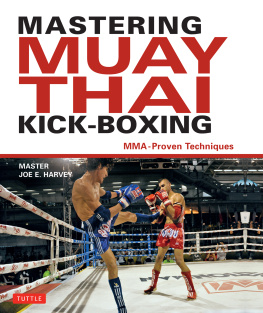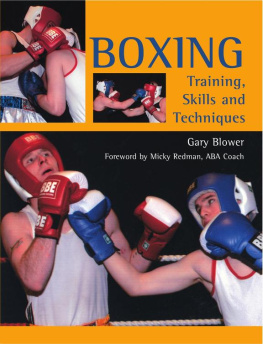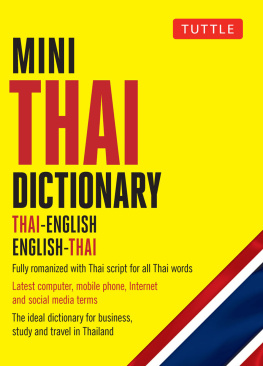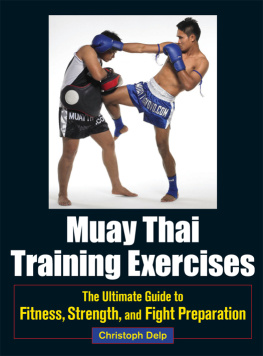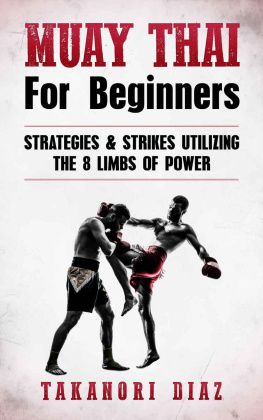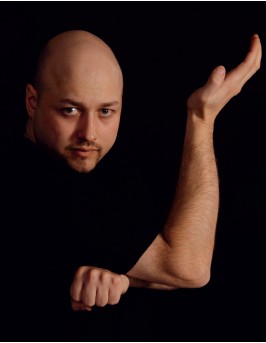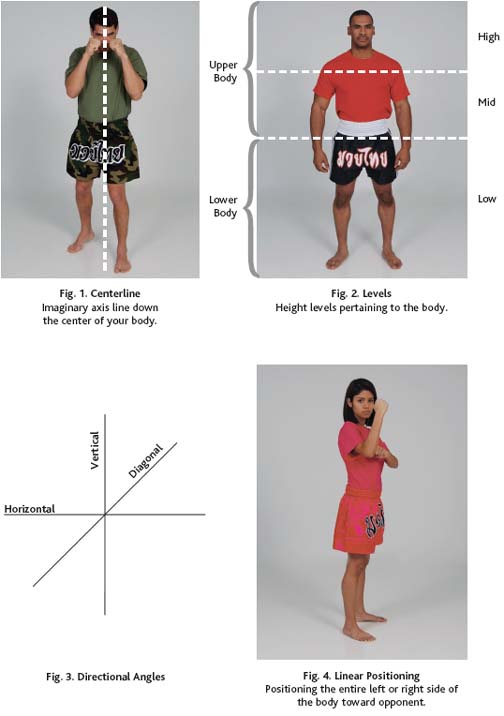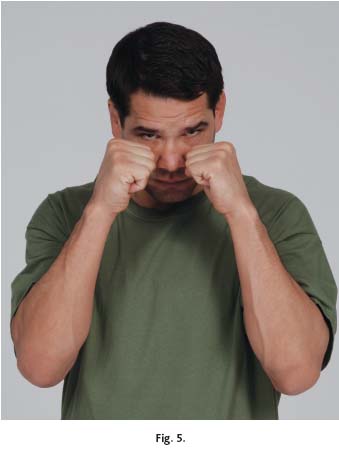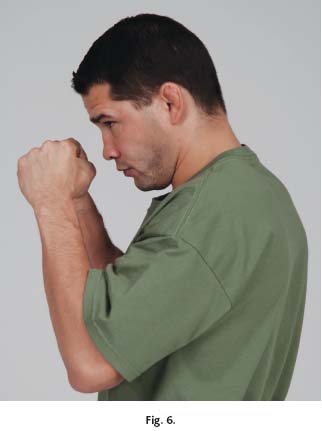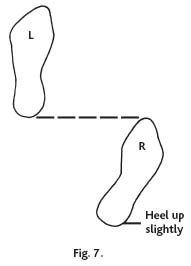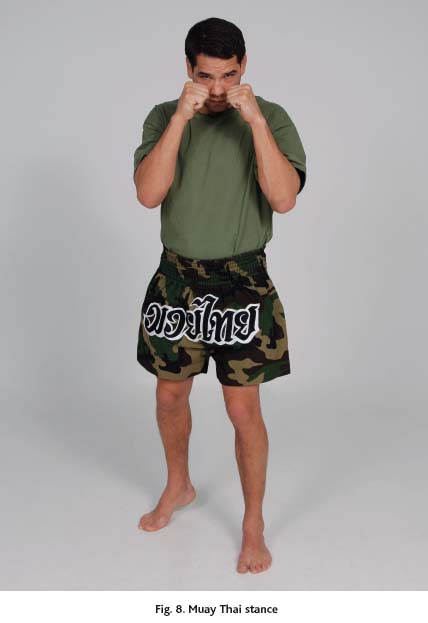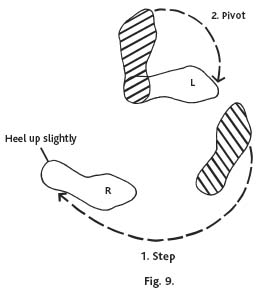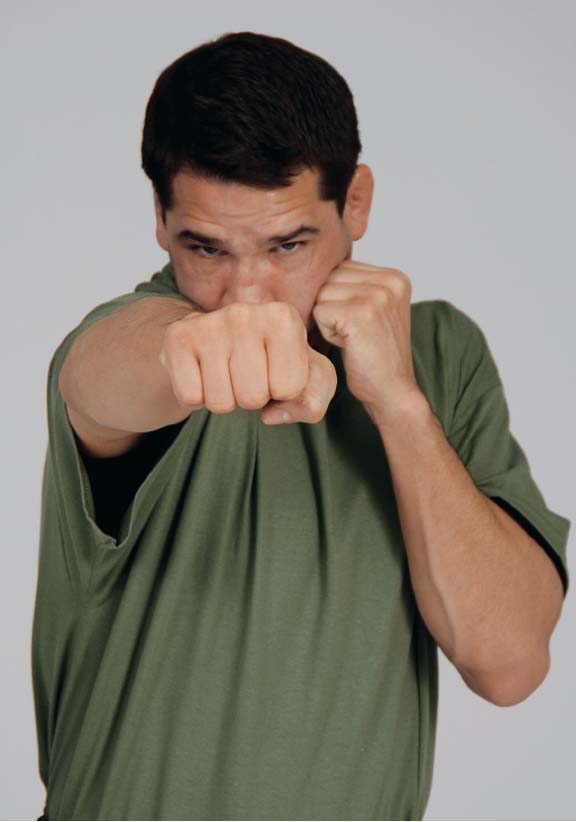ABOUT THE AUTHOR
Joe E. Harvey is an experienced martial artist with close to 20 years of active training and teaching. Fascinated by the martial arts early on, Joe began official training at the age of ten in Youngstown, Ohio, where he was born. Joe holds a black belt from training in Muay Thai, Filipino Martial Arts, and Jeet Kune Do Concepts from Patrick Tray (see Foreword) at the Trident Academy of Martial Arts, Woodbridge, Virginia. He also holds a second degree black belt in Taekwondo from Kang Rhee (instructor to Elvis Presley and Bill Superfoot Wallace), Memphis, Tennessee. He received his first degree black belt from the American Taekwondo Association (ATA) (founded by the late Hueng Ung Lee), Austintown, Ohio. Joe has trained in several other martial arts and organizations such as Ji Do Kwan, Wu-Shu Kung-Fu, and Jhoon Rhee Taekwondo. He also had the privilege of training with martial arts legend, Dan Inosanto.
Joe has a wide range of martial arts knowledge and experiences from teaching and training with numerous martial artists and their different instructional styles. He has developed his skills to become an experienced technician. He studies each Art with great depth, paying close attention to the finer details that are often overlooked. With this background, Joe gives a fresh and unique approach to writing a martial art book.
DIAGRAMS
CENTERLINE
LEVELS
DIRECTIONAL ANGLES
LINEAR POSITIONING
MUAY THAI STANCE
LEAD LEG
REAR LEG
This is the heart of Muay Thai.
All techniques and movement will originate and end in this stance (unless you are engaged in the plum/clinch).
Keep chin down and tucked at all times, even during techniques and movement.
The Muay Thai stance is a relaxed standing position. Stand up straight, with torso squared off, and relax the shoulders.
Put chin down.
Fists are eye-level and a fists width apart.
Fists are slightly turned out.
Elbows are down and in toward the torso. (Fig. 5)
Fists are a fists width from face. (Fig. 6)
Left leg is in frontLEAD LEG
Right leg is behindREAR LEG
Place feet shoulder-width apart.
Point left lead leg and foot straight forward. Point right rear leg and foot a little to the right at approximately a 45-degree angle with heel up slightly.
Align left lead leg heel and right rear leg toes. (Fig. 7)
Knees will maintain a very slight bend.
Weight distribution should be even between both legs.
The entire book is based on the standard left lead leg position. Once you have a strong foundation in Muay Thai, you may choose to train from a right lead leg position.
MOVEMENT
FORWARD ADVANCE
BACKWARDS RETREAT
LATERAL LEFT
LATERAL RIGHT
TURN LEFT (QUARTER)
TURN RIGHT (QUARTER)
All movement should be smooth and in a relaxed state.
- With all movement, place feet down toe first, and then heel if needed.
- Always maintain a slight bend in the knees.
FORWARD ADVANCE
From Muay Thai stance, step forward with left lead leg and push forward with right rear leg.
Right rear leg will follow.
End in Muay Thai stance .
Stalking is using the forward advance in a relaxed state to close the distance to opp o nent and keep constant pressure on opponent .
BACKWARDS RETREAT
From Muay Thai stance, step backwards with right rear leg and push backwards with left lead leg.
Left lead leg will follow.
End in Muay Thai stance.
LATERAL LEFT
From Muay Thai stance, step directly to the left with left lead leg and push to the left with right rear leg.
Right rear leg will follow.
End in Muay Thai stance.
LATERAL RIGHT
From Muay Thai stance, step directly to the right with right rear leg and push to the right with left lead leg.
Left lead leg will follow.
End in Muay Thai stance.
TURN LEFT (QUARTER)
From Muay Thai stance, step one full step forward with right rear leg.
Turn to the left by pivoting on both the left and right balls of feet.
End in Muay Thai stance.
TURN RIGHT (QUARTER)
From Muay Thai stance, step back and to the left with right rear leg.
Turn to the right by pivoting on heel of left foot and ball of right foot. (Fig. 9 )
End in Muay Thai stance.

